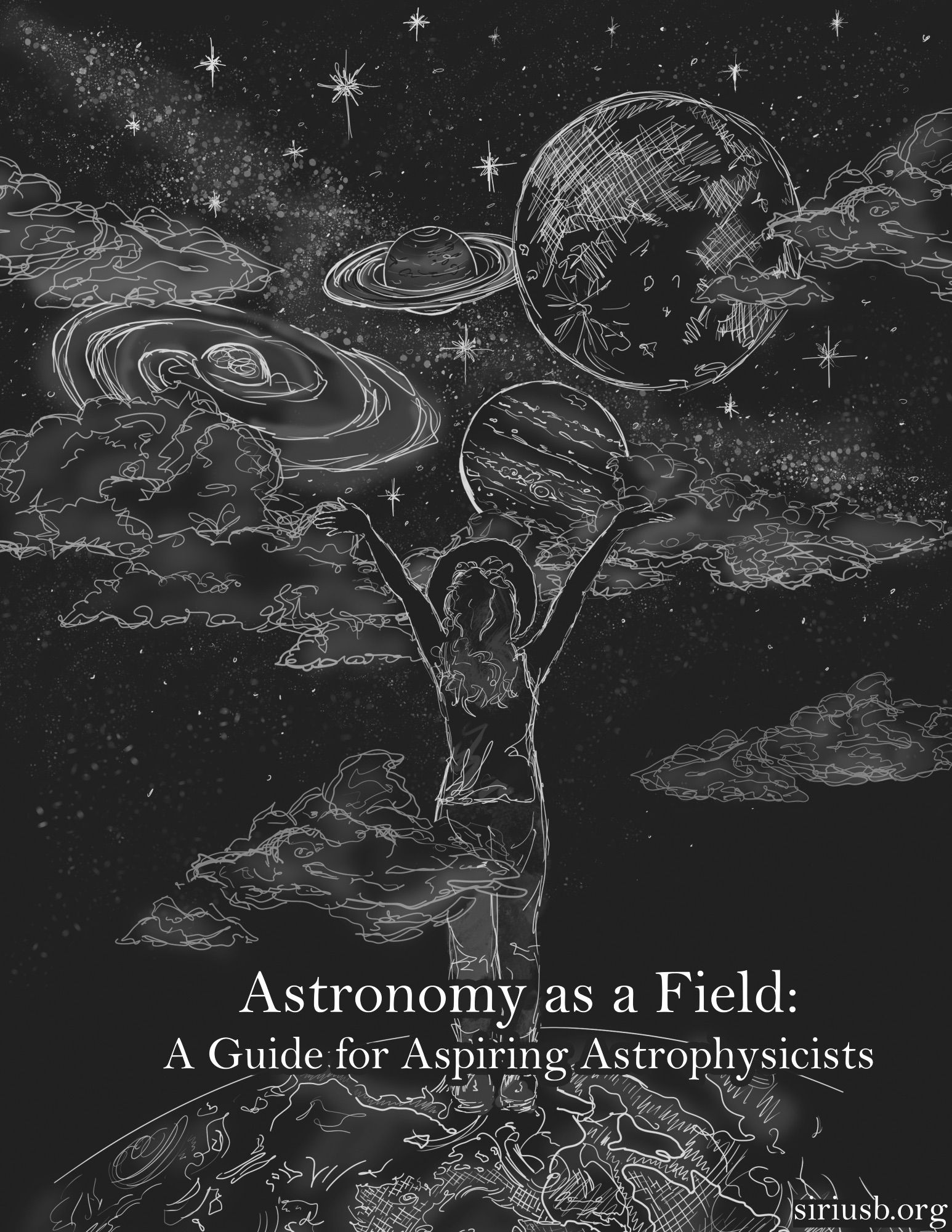
So excited that our SIRIUS B book is now up on arXiv! arxiv.org/abs/2312.04041 It is intended to serve as a primer for students looking to pursue astro professionally. Participants in our 2024 program will get printed copies thanks to the IAU NA-ROAD Women & Girls in Astro mini-grant. 1/ 🧪🔭👩🔬

Special thanks to my co-authors, Prof. Greg Laughlin and Prof. Sarah Millholland! This paper was a lot of fun to work on and I am excited to share it with the world!
The current number of planets is not high enough to determine any bimodality, but we find it will only take ~800 more planets with the necessary parameters to tease out any such bimodality if it exists.
This paper gives a method for *dynamically* probing the split peas in a pod hypothesis. We find a broad distribution of Q values centered on ~10^6. We expect Earth/Neptune planets to be 10^3-10^4.
My paper uses changes in orbits as a proxy for bounces. If a planet rapidly changes its orbit, it dissipates energy quickly and is thus more rock-like. We can use these deviations to calculate tidal Q values for exoplanets and look for how many are super-Earths and how many are sub-Neptunes!
Currently, we can only measure data that allows us to infer the radius, orbit, and sometimes mass of an exoplanet— not a lot of information to work with and certainly not enough to understand the geophysical properties of a planet, like its composition.
If you drop a rock and a bouncy ball from the same height, the rock wouldn’t really bounce, but the bouncy ball would. Replace rock with rocky earth-like planets and bouncy ball with gaseous sub-Neptunes; you have the foundational concept driving the paper.
The paper probes the “tidal Q” of exoplanets, which measures how quickly they dissipate energy, aka their bounciness.
How many exoplanets bounce? That’s effectively the question at the heart of my most recent research paper, which is now officially accepted for publication in the Astrophysical Journal Letters. arxiv.org/abs/2311.03576

The efficiency of tidal dissipation provides a zeroth-order link to a planet's physical properties. For super-Earth and sub-Neptune planets in the range $R_{\oplus}\lesssim R_p \lesssim 4...
Hey space friends! I finally made my way over here (thank you @wcerny.bsky.social). I loved this community on the bird app, but have not been active there recently. I talk about exoplanets, the intersections of astro and the space industry, and my fave books.
